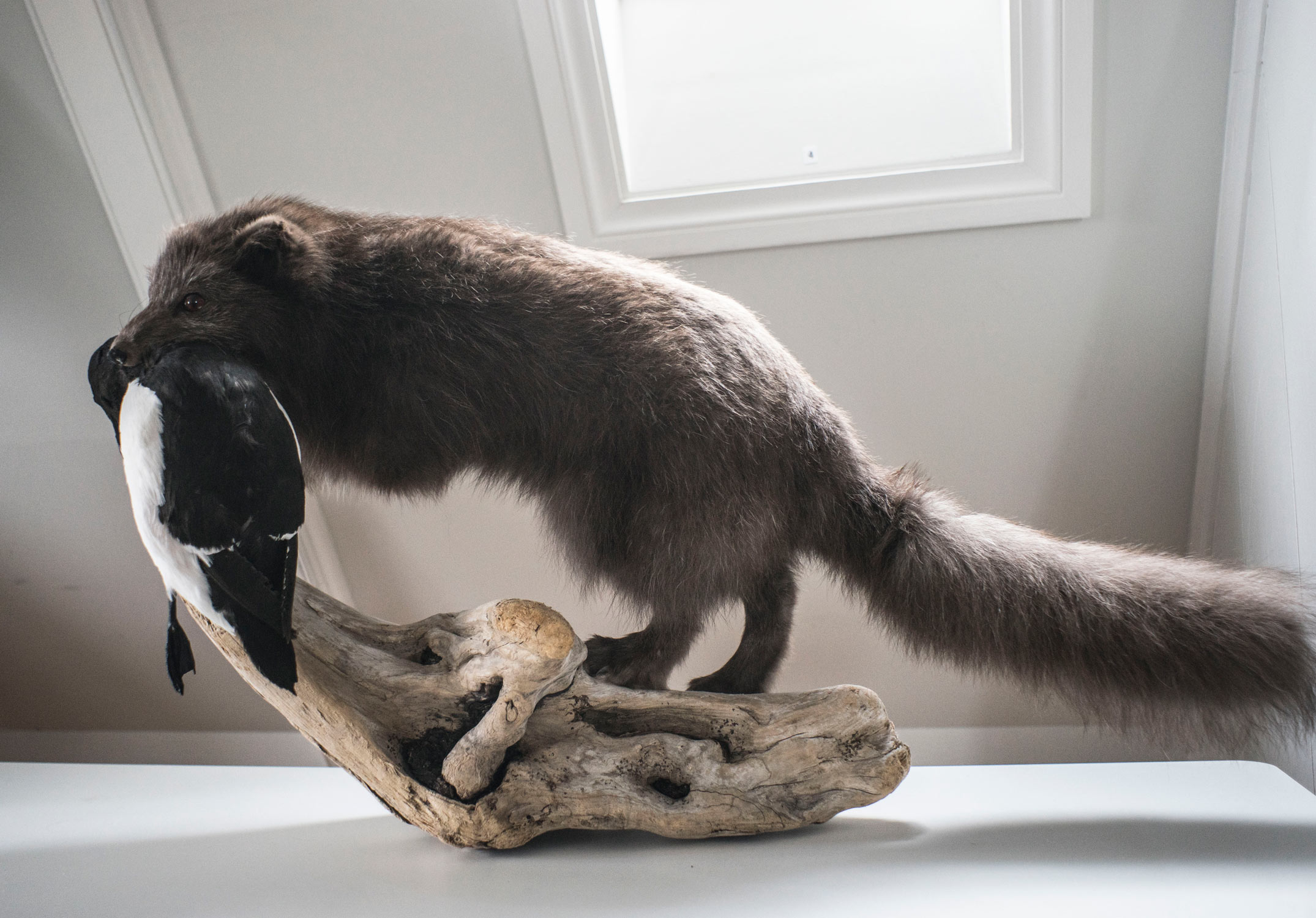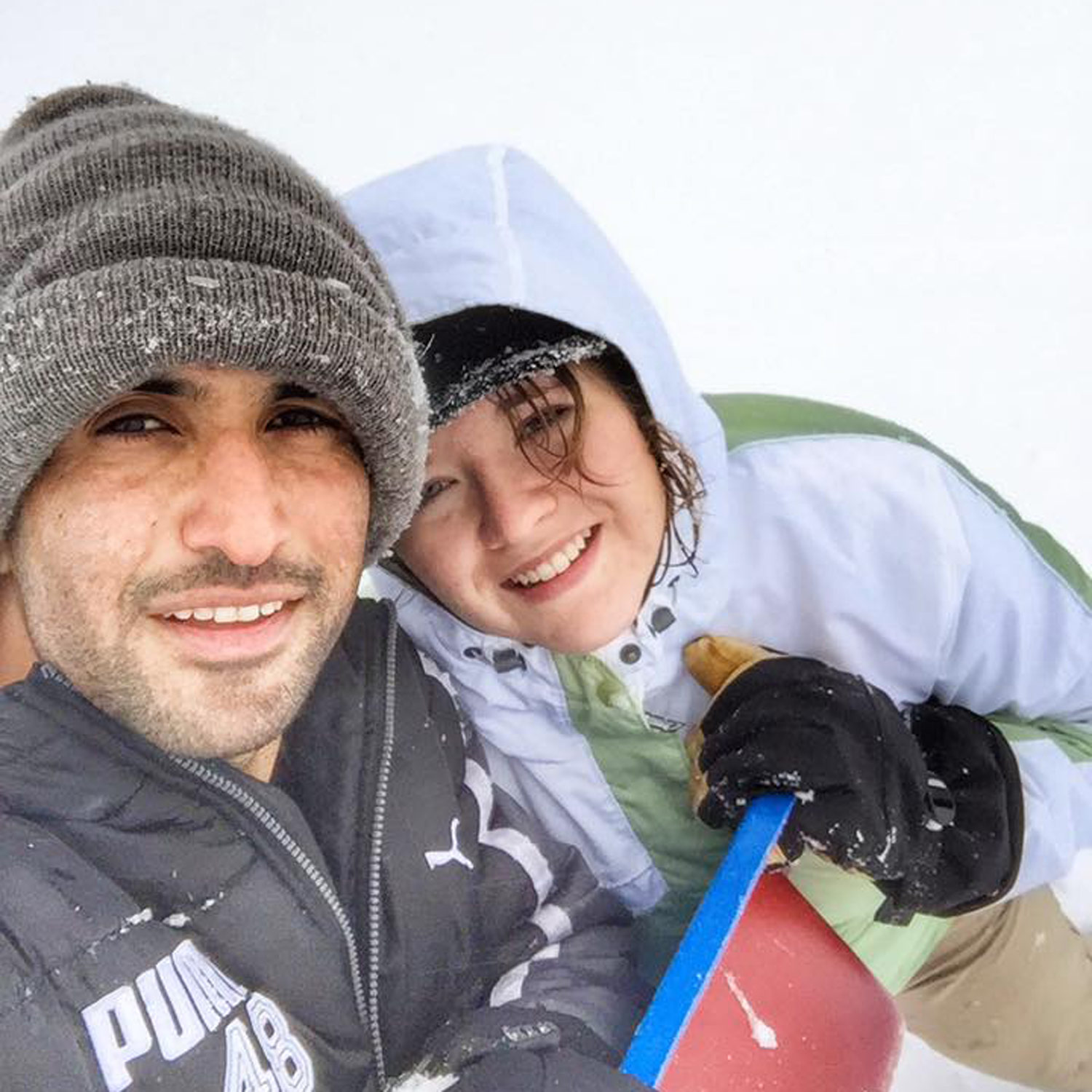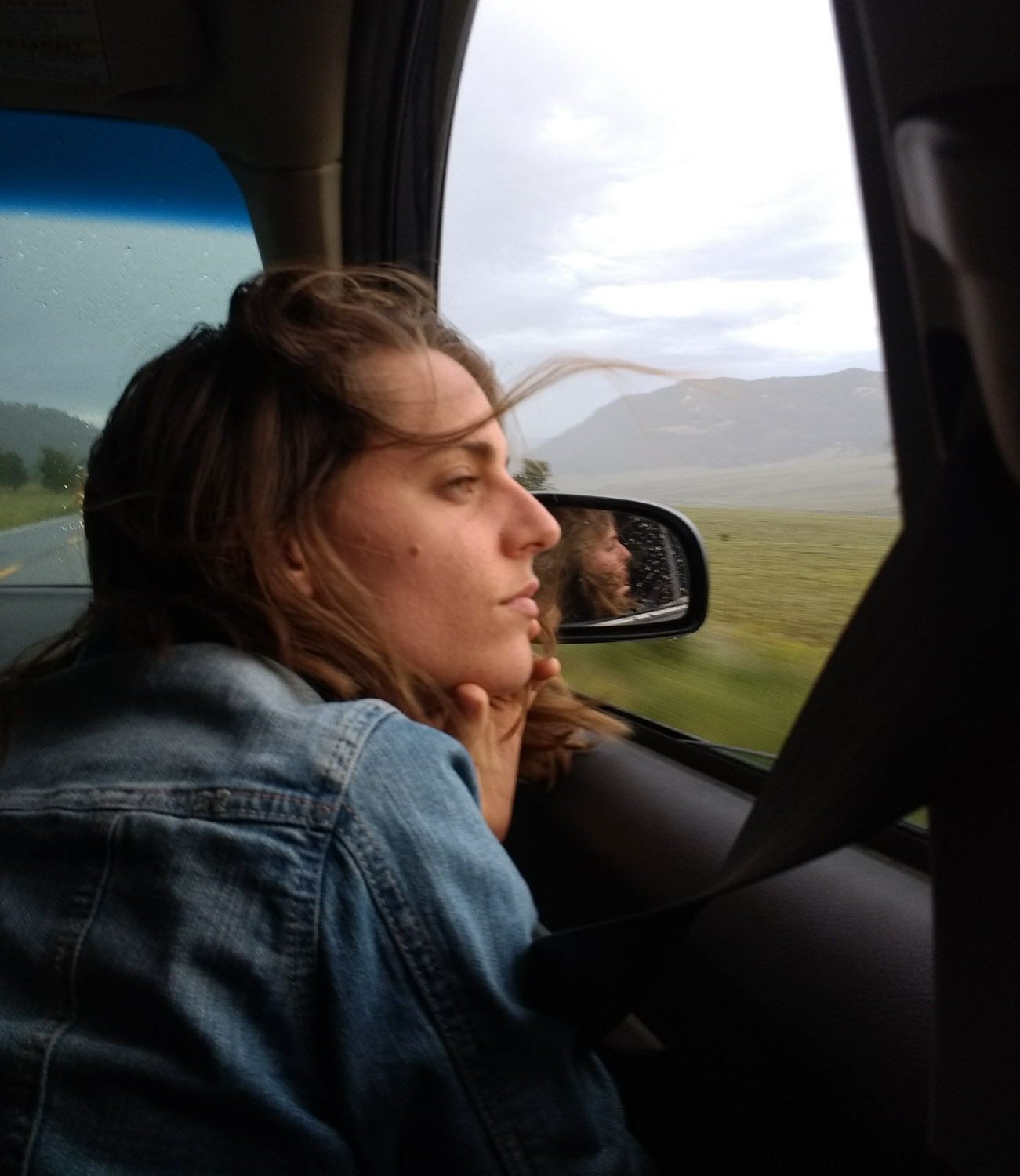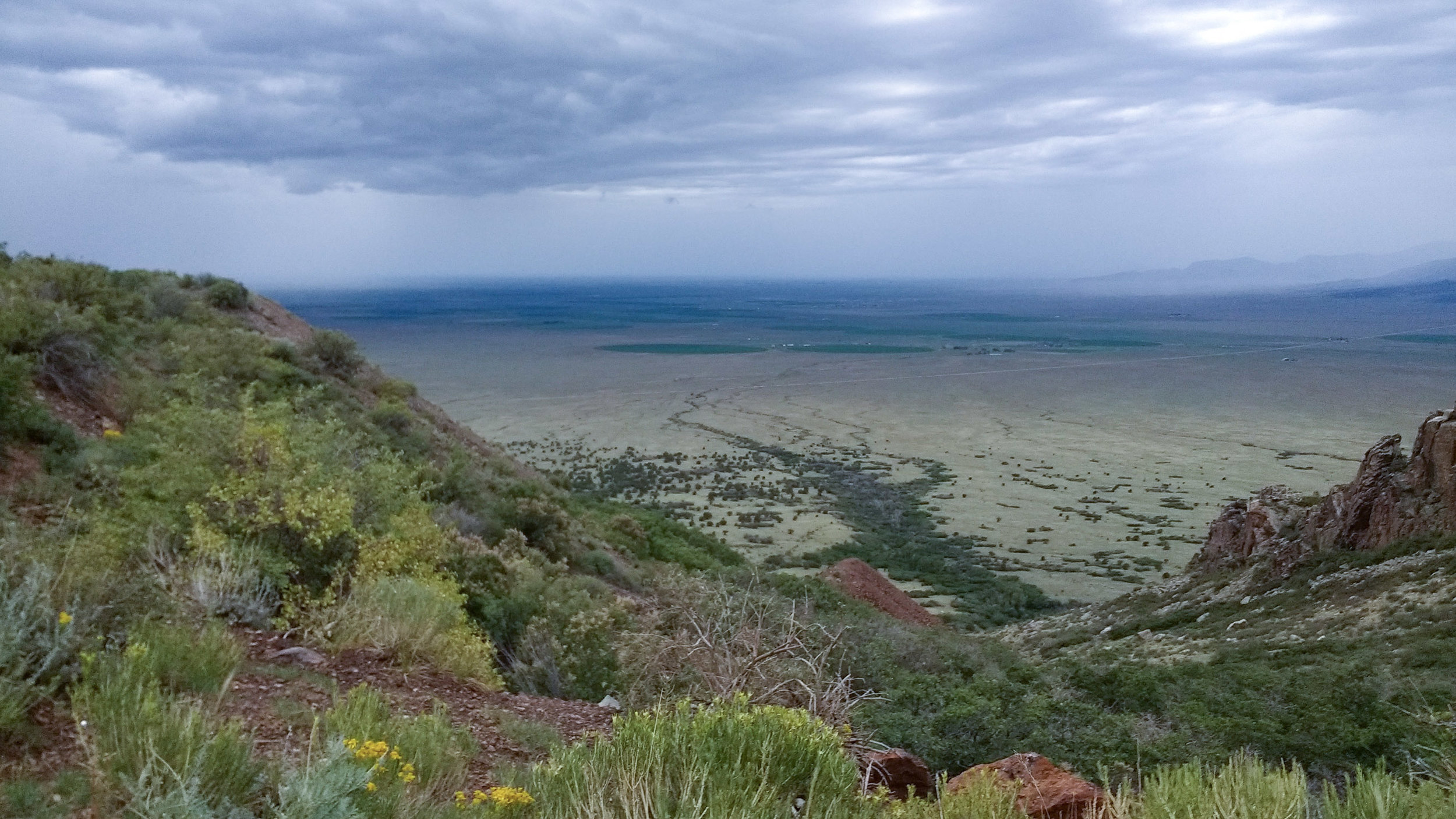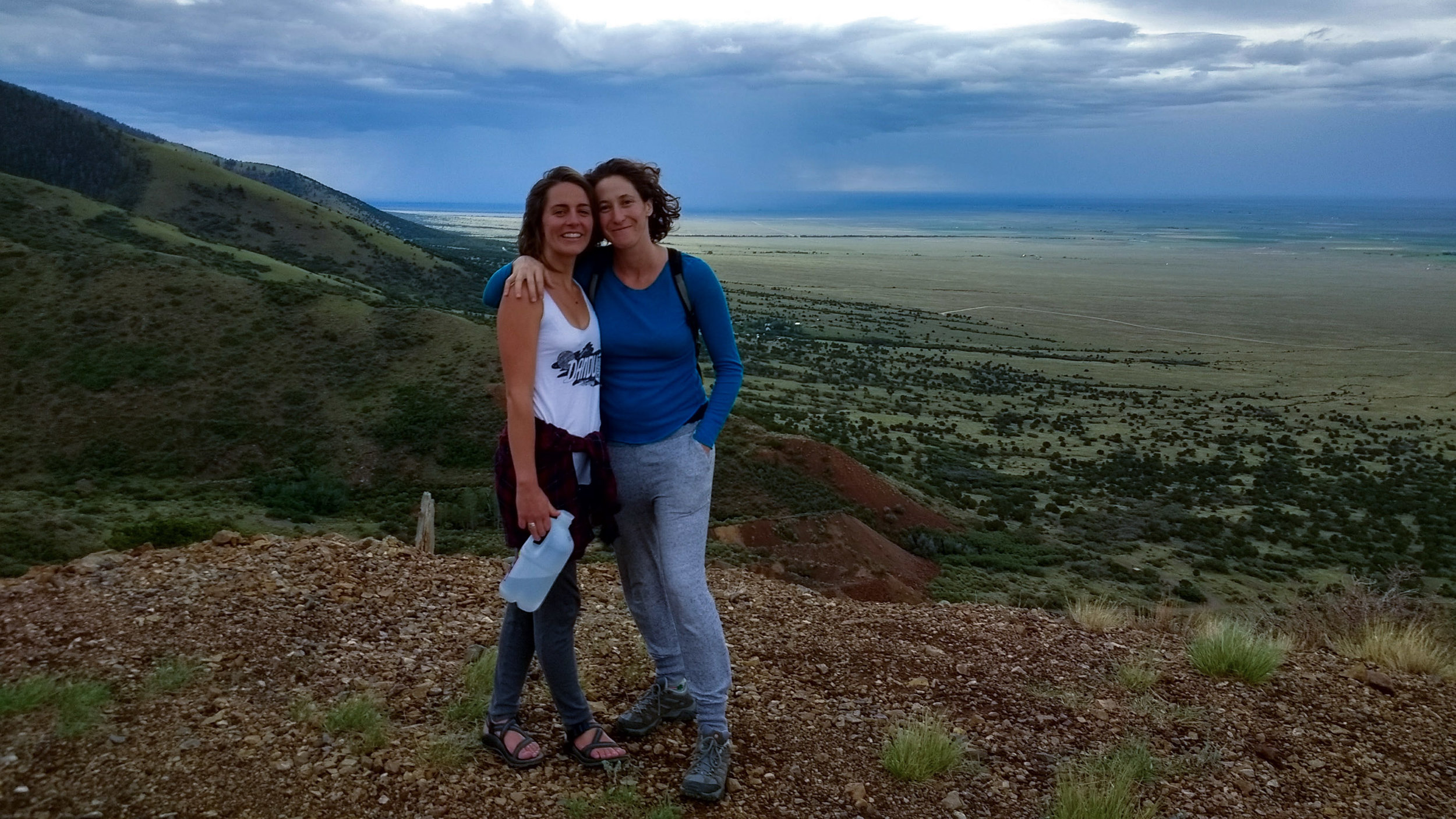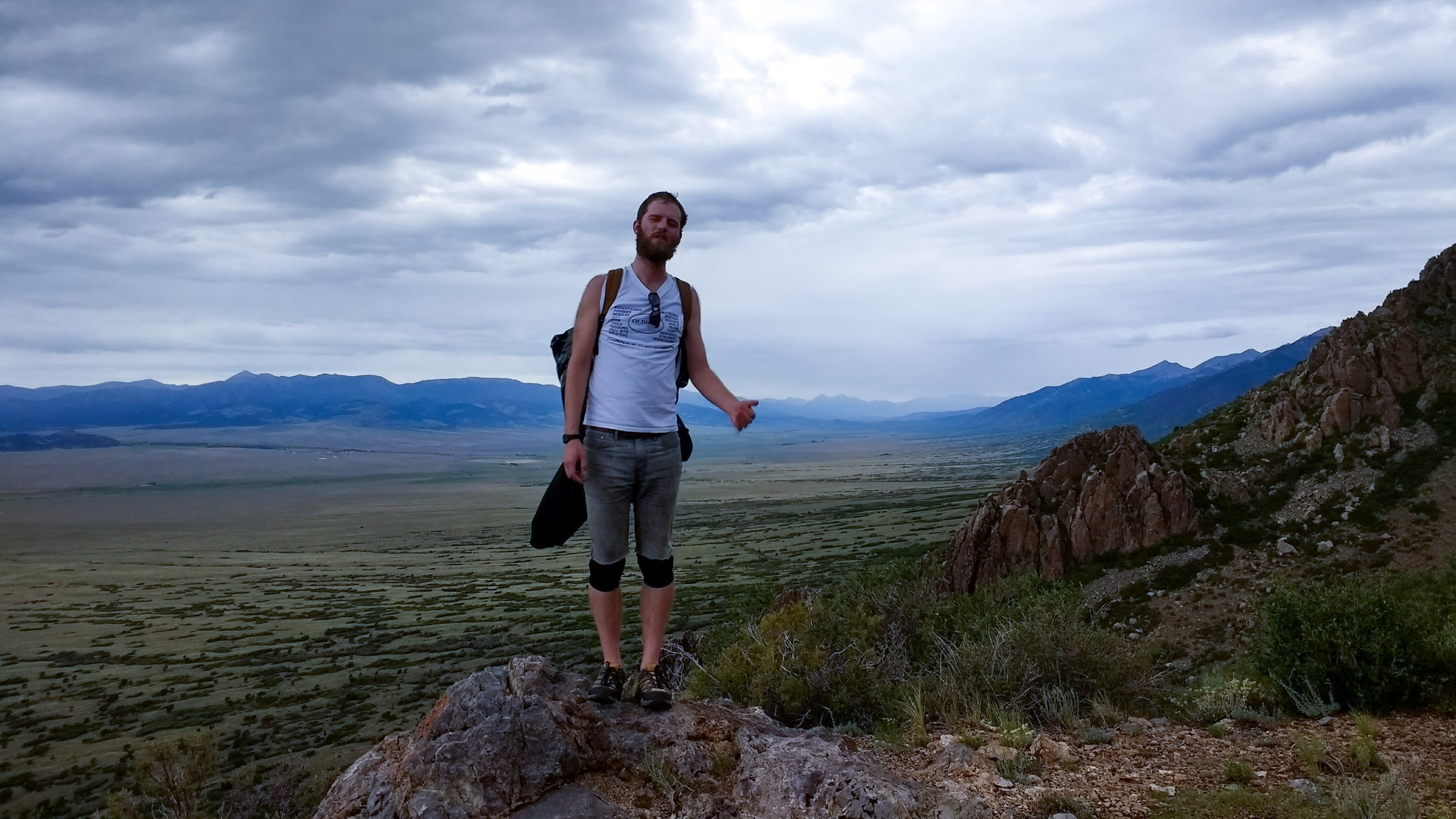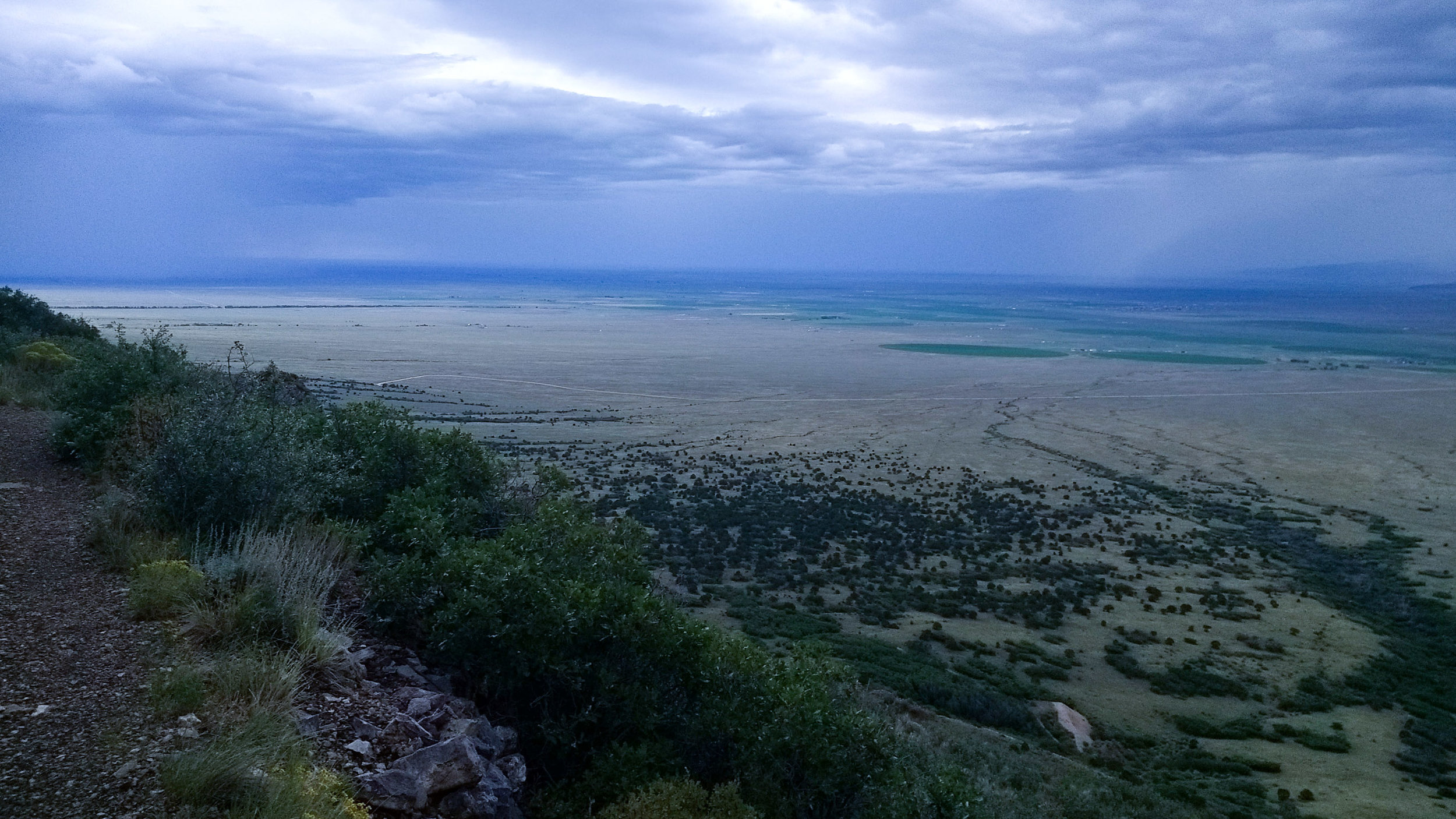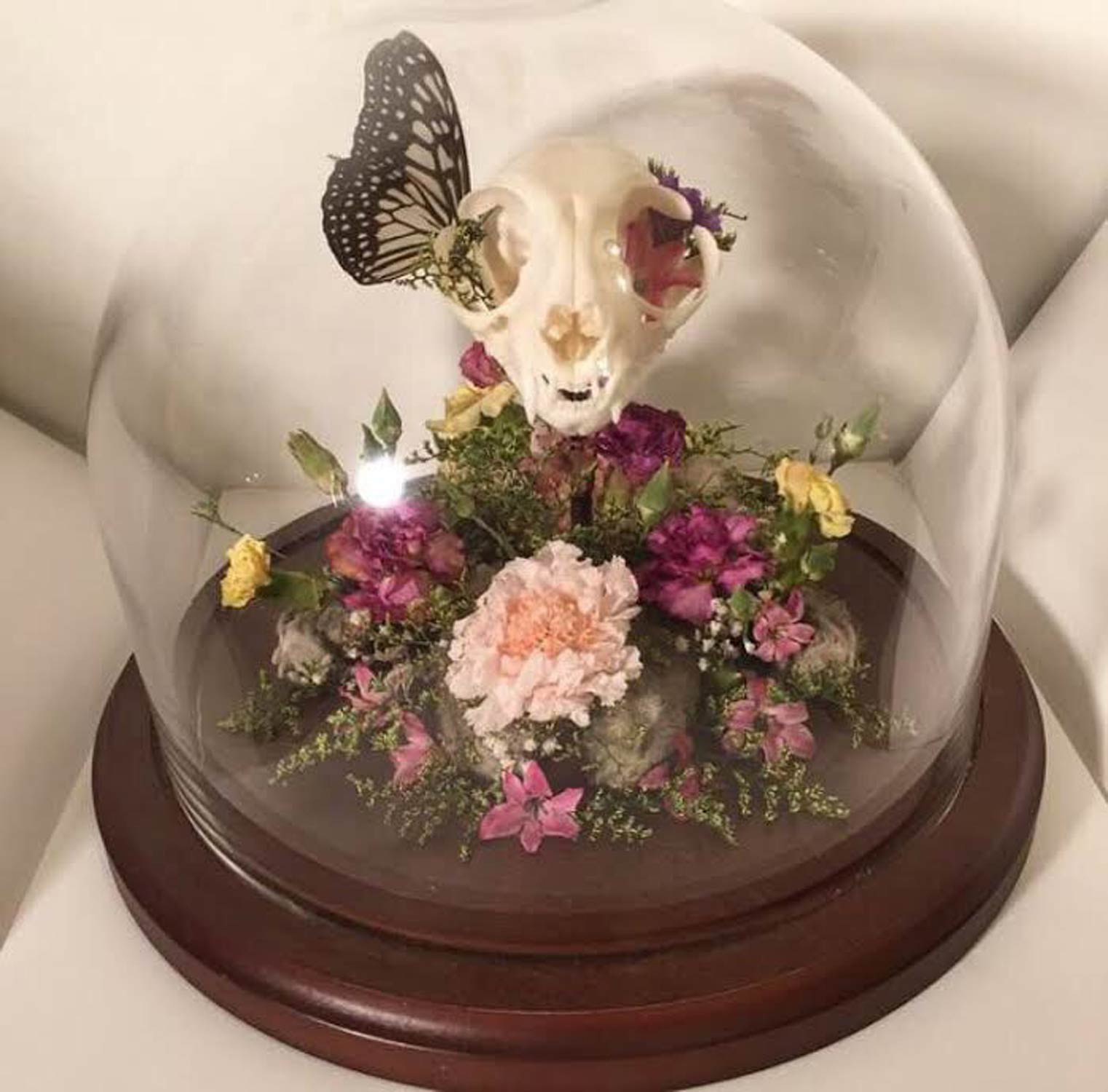HBM098: Feed the Queen
/Image by Jeff Emtman
The Victoria Bug Zoo is home to dozens of species of insects and arachnids, and two leaf cutter ant colonies.
There's the new colony, with a three year old queen whose kingdom grows every day. If all goes well, she is expected to live to the age of fifteen, laying an egg approximately every three seconds. Her colony is teaming with a healthy population of soldiers, gardeners, and foragers with the potential to reach more than a million ants. There is a constant stream of activity; the soldiers patrol the tunnels to keep the queen and colony safe, the foragers trek back and forth retrieving leaves for the gardeners who busily chew the leaves into substrate.
Leaf cutter ants don't actually eat the leaves they cut down. Instead, they use chewed up leaves to build nurseries for the hatchlings, and to grow fungus gardens. The fungus produces a nectar, and that's what everyone eats. These ants have farmed and domesticated this fungus for many millions of years, long before humans discovered agriculture. This special relationship is called “mutualism”.
The second ant colony -- the old colony -- is not a robust as the first. At thirteen, almost fourteen years old, the old queen recently passed away. In fact, Bug Zoo tour guide Ash Bessant discovered ants dragging dismembered parts of her body to the ant graveyard as HBM producer Bethany Denton was interviewing him.
According to Ash, some of the ants continue to try feeding and cleaning the queen even after she’s died. Without a queen to lay eggs, the colony population will eventually dwindle and die out.
Can’t get enough leaf cutter ants? We recommend the 2013 BBC documentary Planet Ant: Life Inside the Colony.
Producer: Bethany Denton
Editor: Jeff Emtman
Music: The Black Spot, Serocell
Images: Bethany Denton



